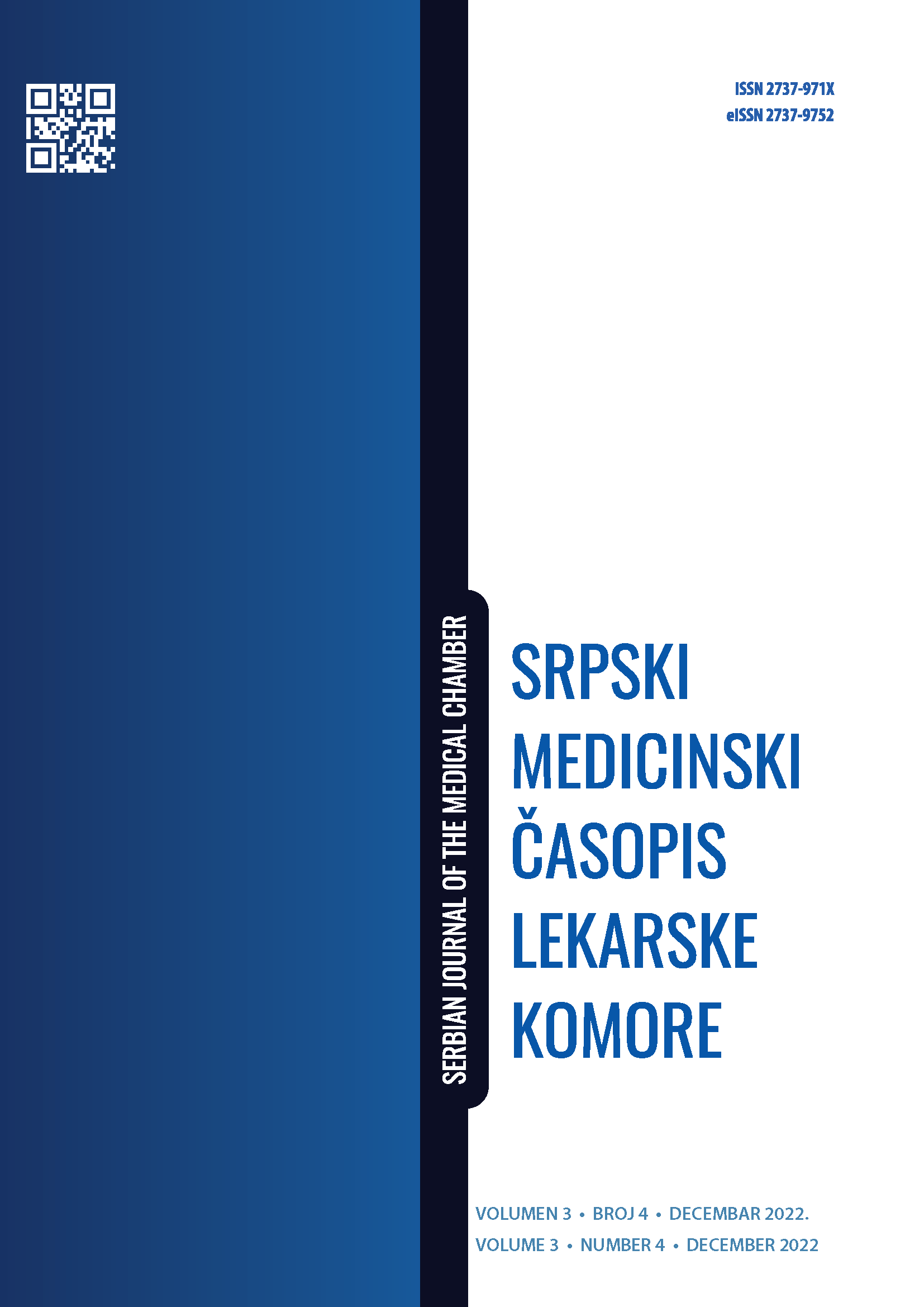THE ROLE OF HYPERBARIC OXYGEN THERAPY IN TREATING PROGRESSIVE INFECTION OF THE FOOT IN A NEWLY DIAGNOSED DIABETES MELLITUS PATIENT – CASE REPORT
Abstract
Introduction: Hyperbaric oxygen therapy (HBOT) is a therapeutic and diagnostic method wherein the patient breathes 100% oxygen gas at a pressure of more than one atmosphere absolute (ATA) in a hyperbaric chamber [1]. Diabetes mellitus is a heterogenous group of metabolic disorders which manifest as elevated blood glucose levels resulting from either insufficient insulin secretion or an abnormality in insulin action [2]. Diabetic foot is the most common chronic complication of diabetes mellitus.
Case report: We present the case of a fifty-three-year-old patient referred to our hospital for the purpose of receiving hyperbaric oxygen therapy due to wet gangrene and phlegmon of the right foot. The patient was newly diagnosed with diabetes. He was hospitalized at a tertiary healthcare institution where his wound was surgically treated. Appropriate antibiotic, antiaggregation, and insulin therapy was introduced for the purpose of achieving the best possible degree of glucoregulation. An X-ray of the right foot was performed verifying the presence of soft tissue gas. Due to the local finding on the foot, the progression and the propagation of the infection proximally, with the presence of gas, hyperbaric oxygen therapy was introduced immediately, according to the emergency protocol, for the purpose of saving the limb. After 30 hyperbaric oxygen therapy sessions, the local finding was significantly improved, and the limb was no longer in danger.
Conclusion: Any abnormality in the continuity of the skin, immunity, and vascularization may be considered a risk factor for the development of phlegmon in patients with diabetes [3]. Diabetic foot is the consequence of neuroischemic changes, which occasionally become complicated with further infection. According to the Tenth European Consensus Conference on Hyperbaric Medicine recommendations, indications for the application of hyperbaric oxygen therapy are classified according to the strength of evidence, and there is a high level of consensus for the above-described pathology. With this case presentation we wanted to demonstrate that it is possible to resolve severe infections in diabetic foot through the application of hyperbaric oxygen therapy, with the implementation of a multidisciplinary approach.
References
1. Gill AL, Bell CN. Hyperbaric oxygen: its uses, mechanisms of action and outcomes. QJM. 2004 Jul;97(7):385-95. doi: 10.1093/qjmed/hch074.
2. German Diabetes Association: Clinical Practice Guideliness. 2019 :127 (Suppl 1). Thieme.
3. Björnsdóttir S, Gottfredsson M, Thórisdóttir AS, Gunnarsson GB, Ríkardsdóttir H, Kristjánsson M, et al. Risk factors for acute cellulitis of the lower limb: a prospective case-control study. Clin Infect Dis. 2005 Nov 15;41(10):1416-22. doi: 10.1086/497127.
4. Doctor N, Pandya S, Supe A. Hyperbaric oxygen therapy in diabetic foot. J Postgrad Med. 1992 Jul-Sep;38(3):112-4, 111.
5. Manojlović D. Interna medicina II. Beograd: Zavod za udžbenike i nastavna sredstva; 2000.
6. Jain KK. Textbook of Hyperbaric Medicine. [Internet]. Cham: Springer International Publishing; 2017.
7. International Diabetes Federation. IDF Diabetes Atlas. 8th ed. Brussels, Belgium: International Diabetes Federation; 2017.

